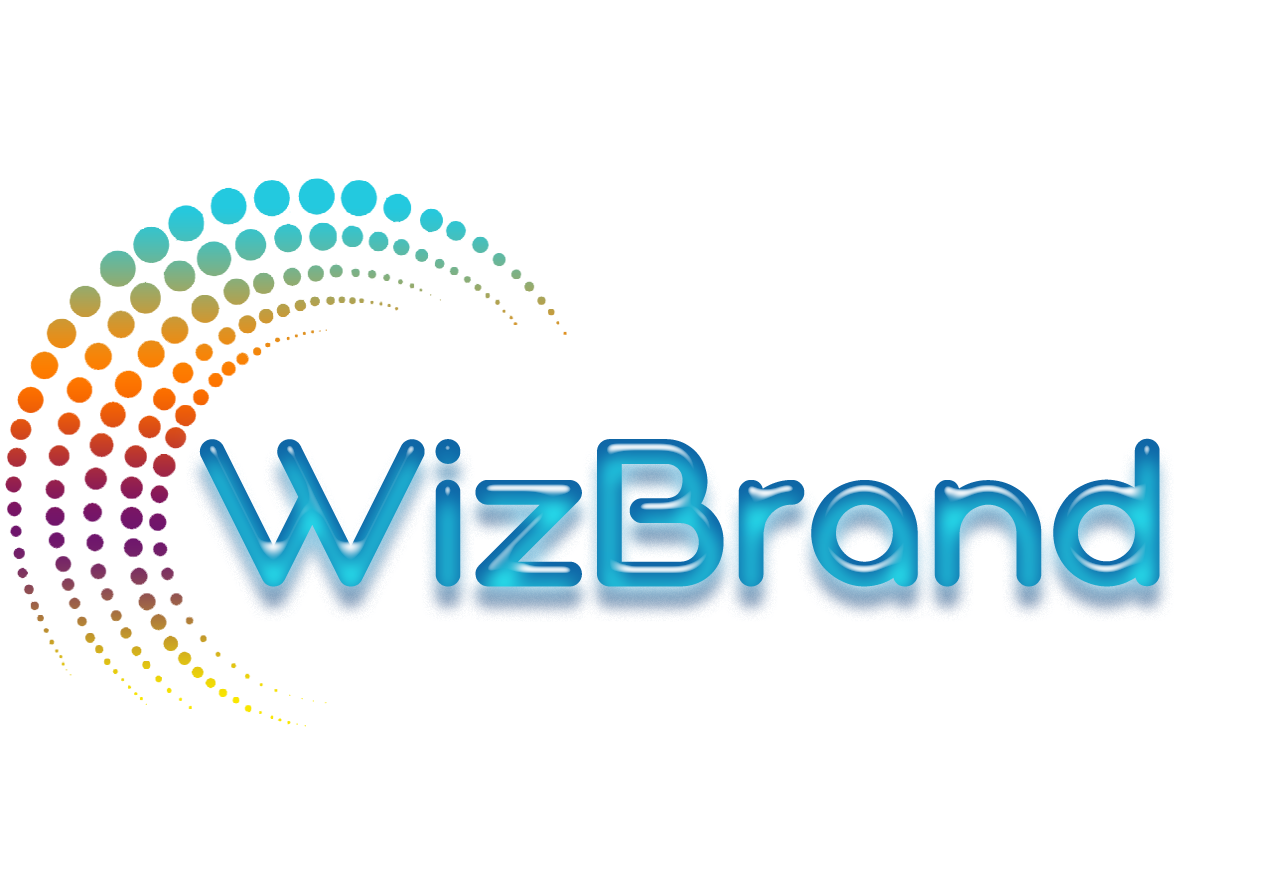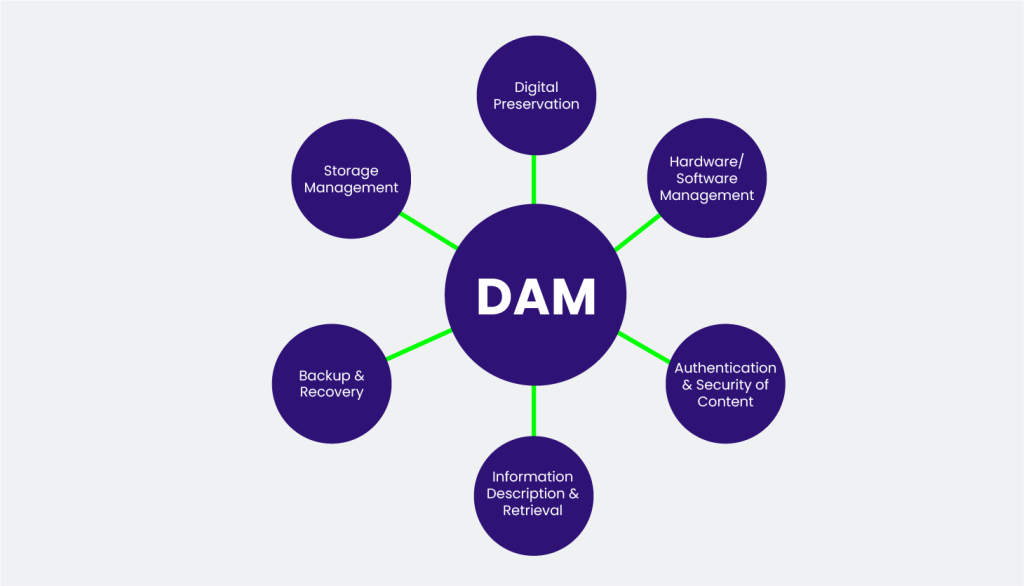
In the digital era, businesses are generating more content than ever before, from images and videos to documents and audio files. Managing this content efficiently is a challenge, and this is where Digital Asset Management (DAM) systems come into play. A robust DAM system organizes, stores, and makes digital content accessible, but one key element that makes this system truly powerful is metadata.
Metadata refers to the data that describes and provides information about other data. In the context of a DAM system, metadata plays a crucial role in how digital assets are categorized, searched, and retrieved. Whether you’re a digital marketer, content team member, or SEO professional, understanding how to leverage metadata in your DAM strategy can significantly improve your content management workflow. This blog post will explore how metadata can unlock the full potential of your DAM system and why it’s essential to integrate it into your strategy.
What is Metadata and Why is It Important in DAM?
In simple terms, metadata is “data about data.” For example, a photo might have metadata that includes information like the file name, the date it was created, the photographer’s name, the camera settings used, and keywords describing the photo. This additional layer of information makes digital assets much easier to find, organize, and manage within a DAM system.
When it comes to DAM, metadata enables businesses to:
- Organize assets: By categorizing assets using relevant metadata fields, you can structure your digital library in a way that makes sense for your business.
- Search efficiently: Metadata makes it possible to search for assets quickly using keywords, tags, or descriptions, ensuring that your team spends less time searching for files and more time creating.
- Streamline workflows: When assets are well-labeled and organized, it’s easier for teams to collaborate on projects, reducing bottlenecks and improving efficiency.
- Maintain asset control: Metadata can include important details like usage rights, expiration dates, and permissions, helping businesses manage the lifecycle of their digital assets effectively.
In essence, metadata transforms your DAM system from a simple file storage solution into a powerful content management tool that enhances productivity, collaboration, and asset governance.
How to Leverage Metadata in Your DAM Strategy

To harness the full potential of metadata, it’s essential to incorporate it strategically into your DAM workflows. Here’s how to do it:
1. Define Clear Metadata Standards
Before uploading assets to your DAM system, it’s important to define clear metadata standards. This includes deciding what information should be captured for each type of asset, as well as how to structure and categorize that information. Some common metadata fields for digital assets include:
- Title: A descriptive name for the asset.
- Keywords: Relevant terms or tags that describe the content.
- Creator: The person or organization responsible for creating the asset.
- Copyright information: Usage rights and restrictions.
- Date Created: When the asset was created.
- File Format and Size: Technical details about the file.
Using consistent metadata standards ensures that all your assets are labeled correctly and are easy to search for in your DAM system. It also improves the efficiency of your content management processes, as everyone on the team knows exactly what information to input.
2. Automate Metadata Tagging
Manual metadata tagging can be time-consuming, especially when managing large volumes of digital assets. To save time and reduce human error, consider automating metadata tagging wherever possible. Many DAM platforms, including Wizbrand, offer automatic metadata generation based on the content of the file itself. For example:
- Image recognition: For photos, AI can automatically detect objects, locations, and people, tagging the image with relevant keywords.
- Content extraction: For documents, OCR (Optical Character Recognition) can extract text from images or PDFs and create searchable metadata.
- Geolocation: If you have location-based data (such as GPS coordinates), this can be automatically added to metadata for easy categorization and search.
Automation tools like these can significantly improve efficiency, especially for large organizations managing thousands of assets.
3. Use Metadata for Advanced Search and Retrieval
Once you’ve tagged your assets with comprehensive metadata, the next step is to make the most of it by utilizing advanced search functionality. With well-defined metadata, a DAM system enables you to:
- Search by keywords: Search for assets by using specific keywords or tags within their metadata.
- Filter results: Narrow down search results using filters such as date, creator, or file type, allowing you to quickly find the asset you need.
- Leverage AI: Many DAM systems, including Wizbrand, integrate AI-powered search capabilities, enabling you to search for assets even using natural language queries (e.g., “show me all the images from last month”).
This level of search sophistication ensures that your team can find the right assets faster, improving efficiency and reducing time spent sifting through files.
4. Implement Metadata Governance
As your digital asset library grows, it’s important to implement metadata governance to maintain accuracy, consistency, and compliance. Metadata governance involves setting rules for who can create, edit, and delete metadata, as well as establishing protocols for updating outdated metadata.
For example, your team may need to periodically review and update metadata for assets that are no longer in use, ensuring that your library stays organized and relevant. By having clear governance practices in place, you ensure that your DAM system remains efficient and reliable over time.
5. Integrate Metadata with Other Tools
Many businesses rely on a variety of tools to manage content, run marketing campaigns, and analyze data. To maximize the value of metadata, it’s important to integrate your DAM system with other platforms, such as your CMS, marketing automation tools, and analytics software. Integration allows metadata to flow seamlessly between systems, improving your overall content strategy.
For instance, by integrating Wizbrand’s DAM system with your CMS, you can ensure that every piece of content you create is tagged with the right metadata, making it easier to manage and distribute across your website, social media, and email campaigns.

Conclusion
Incorporating metadata into your DAM strategy isn’t just about organizing assets—it’s about creating a streamlined, efficient workflow that empowers your team to work smarter and more collaboratively. By defining clear metadata standards, automating tagging, leveraging advanced search, implementing governance, and integrating with other tools, you can unlock the full potential of your digital assets.
Wizbrand offers a powerful DAM solution that helps businesses manage their content more efficiently, making it the ideal choice for digital marketers, content teams, and SEO professionals looking to streamline workflows and improve collaboration.